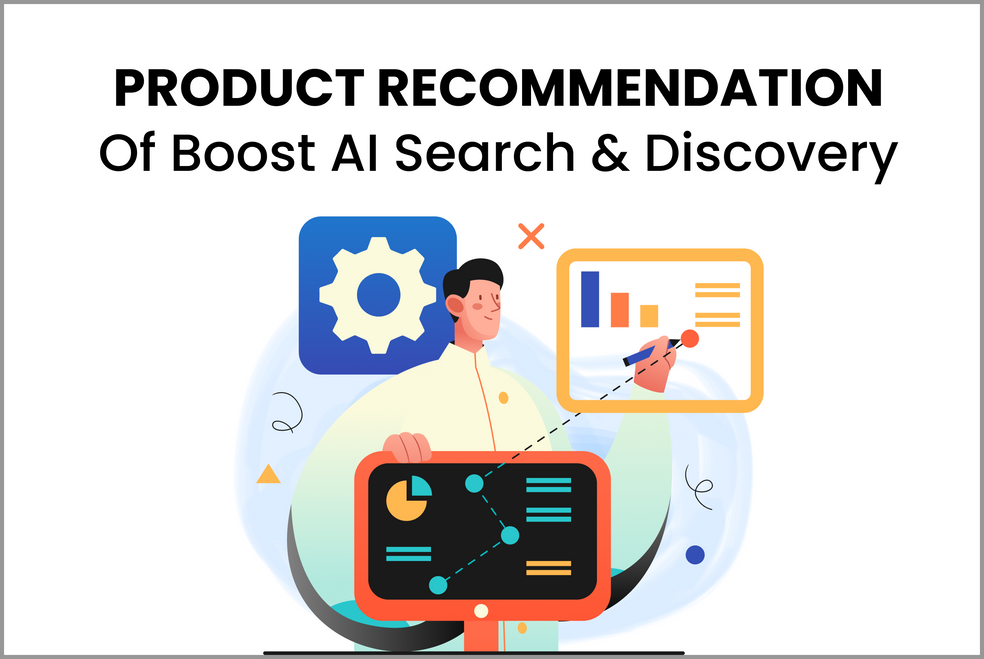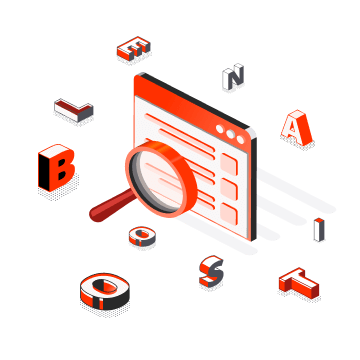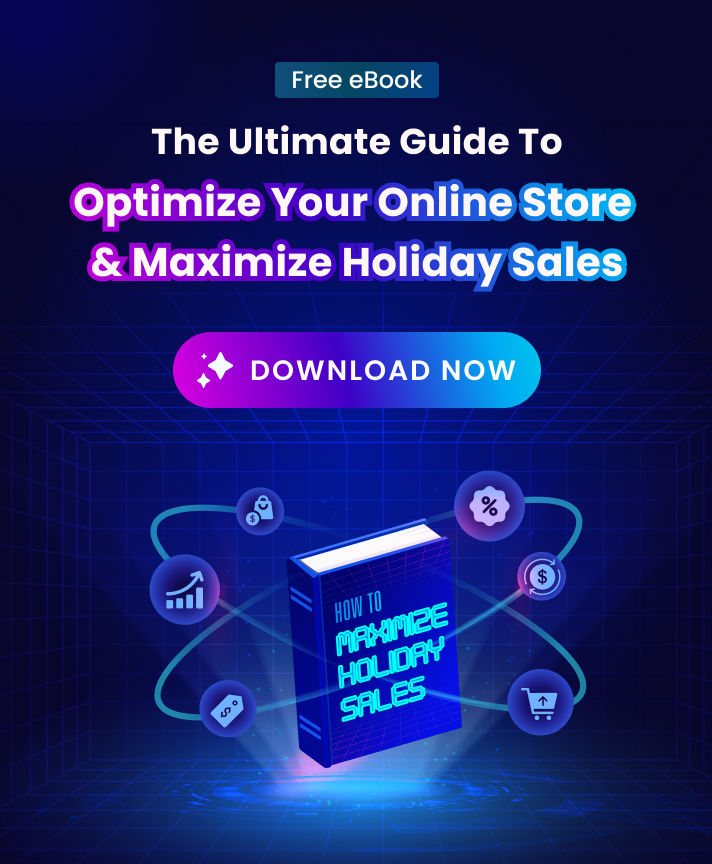While Customer Retention is present on social media a thousand times, you may be unclear about its definition, purpose, examples, and best practices to revolutionize your Shopify stores.
What is Customer Retention?
Customer Retention is a business tactic used to boost re-purchases and reduce defections. Customer retention strategies aim to maximize lifetime value (the value of a customer throughout the entire lifetime of the relationship with your brand). It is crucial to keep in mind that customer retention techniques keep customers loyal rather than enticing them with another competitively optimized offering.
With so many options available to customers who are displeased with your presence, the customer retention rate is a particularly important indicator for e-commerce stores these days. A high retention rate suggests you have committed clients and popular products.
What is Customer Retention used for?
Higher volume of sales
Creating an engaging user experience alongside your merchandise helps retain clients for your online store. Bain & Company estimates that a 5% improvement in client retention can boost a business’s revenue by 25–95%.
Increasing profits
The majority of brands prioritize customer acquisition over customer retention to increase brand authority. Longtime consumers may look for your subsidiary products or sister companies. Their ultimate happiness encourages your revenue success.
According to research by Bain & Company, Gap customers who shop online are 70% more likely to purchase Gap furniture. Also, KPMG reported that a company’s revenue is primarily driven by customer retention.
Befriending your brand ambassadors
After giving your products a try for the first time, if buyers return to your online stores, it is extremely likely that they were satisfied with their purchase and could serve as brand ambassadors. They frequently recommend your products to their social circle.
Minimizing acquiring costs
The cost of acquiring a new customer is six to seven times greater than the cost of keeping an existing one. For instance, each store on the graph below has 100 clients that buy a $10 item each month. The light purple store retains 5% of consumers every month, and the dark purple store retains 10%. As you can see, a 5% increase can lead to quick growth that is impossible to match through acquisition.
Customer Retention examples
Personalized recommendations for customers’ interests
When given personalized recommendations, nearly half of consumers are persuaded to make impulsive purchases. When they receive individualized experiences, 44% of them become repeat consumers.
Pepper is a great source of examples. Customers are asked to complete a 45-second fit quiz, the results of which are used to generate a customized recommendation.
SMS and email marketing strategies for customer win-back
Existing clients of Brooklinen receive personalized product recommendations with the opportunity to be eligible for free shipping.
SMS marketing is more acceptable for sign-up customers. Texts have 98% open rates, but less than 15% of organizations employ SMS marketing to reach clients. You can beat the competition by using this method.
Create referral programs
A referral program invites customers to be brand advocates. Your referral program gives them a code or link to share with their network.
Shaving brand Harry’s asks new customers to refer their friends in exchange for a free product.
Another example from Gousto:
Keep in touch with your customers
San Diego-based surfers founded the ethical apparel line West Path. A West Path sticker is included with every shipment. Even though it is modest, West Path may make consumers happy and make the brand stand out in their minds.
Today, standing out requires going above and beyond. Chewy, a dog food company, excels at this. It is recognized for gifting its most cherished customers meaningful cards and artwork.
Customer Retention vs. Customer Acquisition
Customer acquisition grows your customer base
It should be fairly clear that a business has no reason to exist in the first place if there are no consumers to serve. Before you could start your business, you had to get at least a few clients. This is where customer acquisition begins.
Retention grows customer lifetime value
The predicted worth of a customer over the term of his or her engagement with your business is known as the customer’s lifetime value (or LTV). Those repeat clients who regularly buy from your brand are almost always more beneficial to your business than one-time customers.
When to focus on customer retention?
In general, you should start concentrating more and more on retention as you go to the right across this matrix. But keep in mind that you should never disregard either one or the other. Finding the right balance for your company is the key.
How to improve the Customer Retention rate on your eCommerce website?
Here are a few top tips and strategies to follow when thinking of ways to increase customer retention:
Recognize your target market
Some client insights are more significant than others. You must know how often your customers buy, what inspires them, and what they consider a good offer. The RFM (Recency, Frequency, and Monetary) model can help.
- Recency – When was the last time a repeat consumer purchased from your website??
- Monetary Value – how much does a customer buy at your online store?
- Frequency – how often do customers buy something from your online store? Do you have a loyalty program? What factors can you make them buy more frequently and enhance their customer experience?
All online shopping behavior data is valuable and can be collected using a tool like Google Analytics.
Educate your customers
Give your customers helpful information to encourage repeat purchases. Your product and service should solve their concerns, and your brand should be an industry authority.
Produce high-quality content to achieve this. Your content might be blog entries, educational videos, or a newsletter. Educate and give value without being too “salesy”.
Engage your customers
Keeping clients involves promoting your eCommerce brand. You want customers to remember your brand after they buy. Social media is a must.
According to recent research, 90% of customers buy from companies they follow on social media. According to a report by Sprout Social and Mobile Marketer, the percentage of consumers who increased spending with a social brand went from 12% in 2019 to 75% in 2020.
As follows are ways of engaging customers in your online store:
- Create customer accounts. Accounts make reordering easier by storing past orders and delivery information. After the initial order, offer to create an account.
- Improve your customer support. Having a live chat or help desk tool can transform a consumer question into a sale or a complaint into a resolution.
- Send a discount after the first purchase. Sending a discount code with a first-time order encourages repeat sales. Discounting might also attract inactive clients.
- Collect customer feedback. Getting customer feedback provides you with an honest picture of how effectively your online store organizes, what you need to improve, etc.
- Consistently amaze customers. Customer delight involves exceeding expectations. Great customer service, incentives, personal stories, and gifts all contribute to that objective.
- Offer quick delivery. People dislike waiting for orders. Long shipping times cause nearly half of customers to abandon their carts.
- Makes returns easy. 33% of recurring customers will leave a store if returns are difficult. Making returns easily improves client trust.
Optimize your eCommerce user experience
Good customer experience is key to online store success. If you want to boost your online business’s customer retention, your website’s UX (User Experience) must be redefined. Some of the features Shopify store owners should take into consideration:
Product Filtering and Search: Customers should be able to swiftly and easily find what they need on your website. Effective search allows you to gain crucial data about what your customers desire, how they locate your products and services, and how you can customize your offers and content for them.
At least 25% of visitors use a navigation bar. Remember, users will come back again if it has been easy to browse and buy at your website.
- Site Hierarchy – Your website’s hierarchy should be intuitive and easy to utilize for users.
- Load Speed – 47% of buyers anticipate an eCommerce website to load in 2 seconds or less; any slower will raise the bounce rate by 103%. Slow websites cause visitors to leave immediately.
- Checkout Process – The checkout process should be simple and welcoming. Ensure that the final impression visitors get of your eCommerce website is just as fantastic as the first. Avoid losing clients by giving them a poor checkout experience that causes them to cancel their orders.
Summing up
Retaining consumers is vital for any Shopify store that wants to prosper. While customer retention techniques differ, empathy for customer expectations is ubiquitous. When you understand your customers and offer them great services, they are more inclined to return.
















